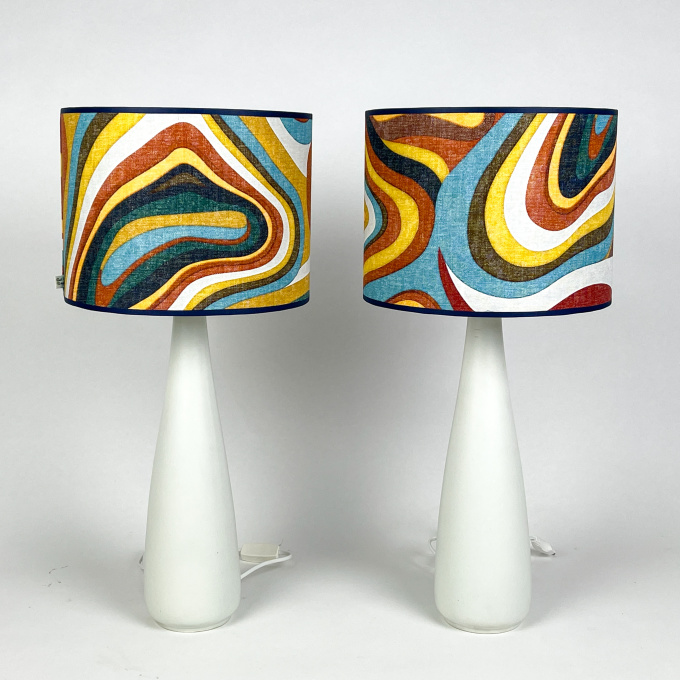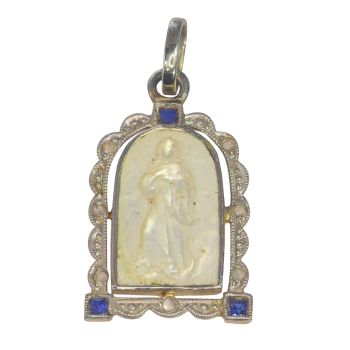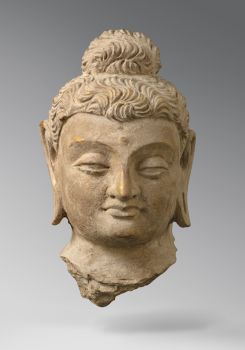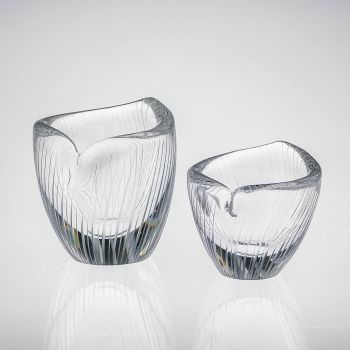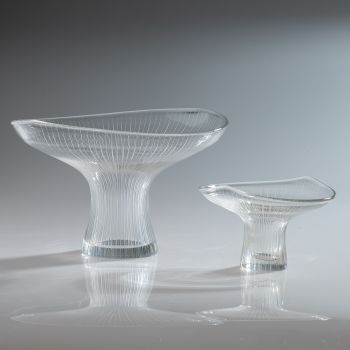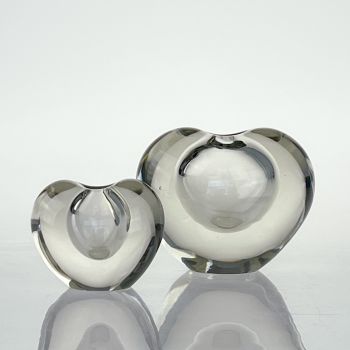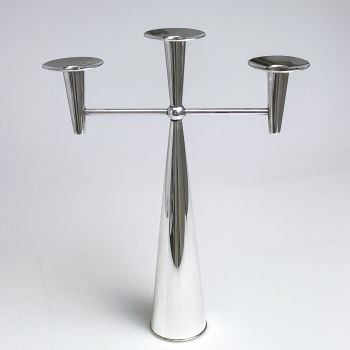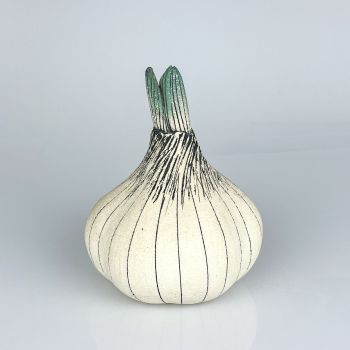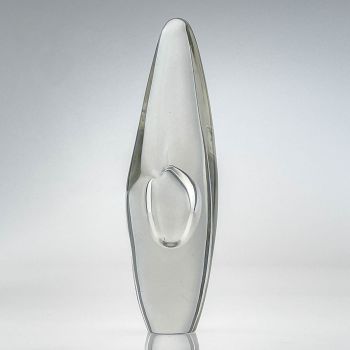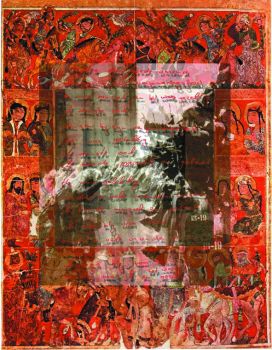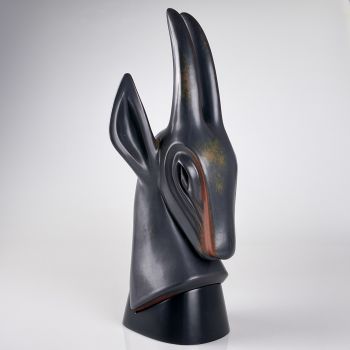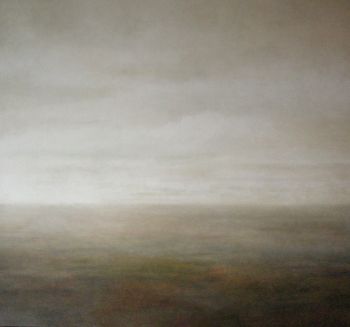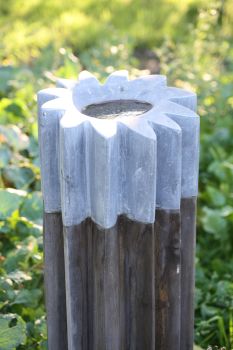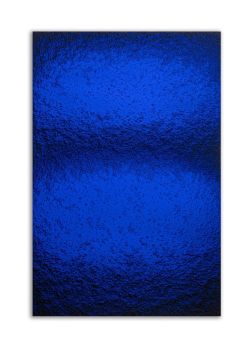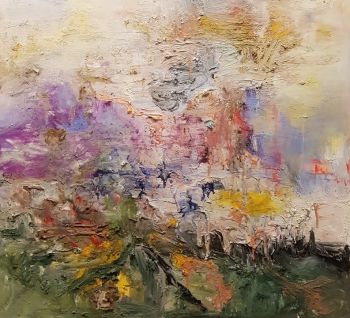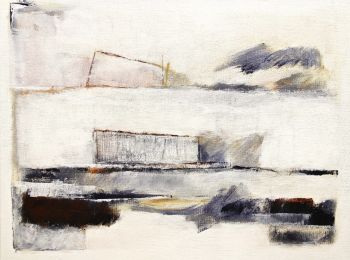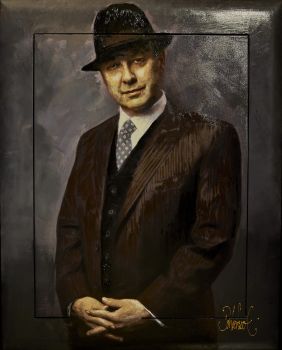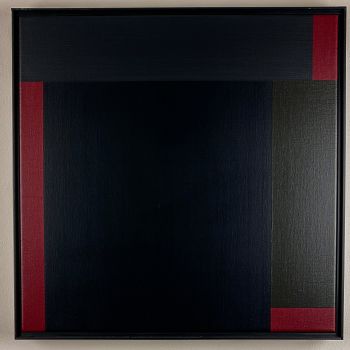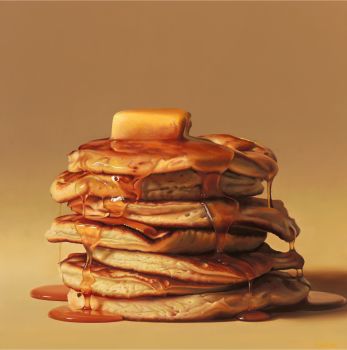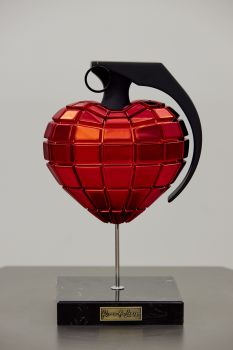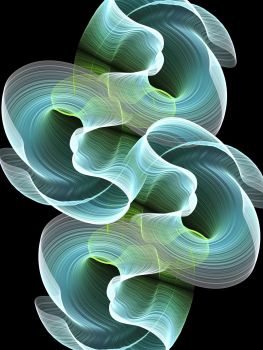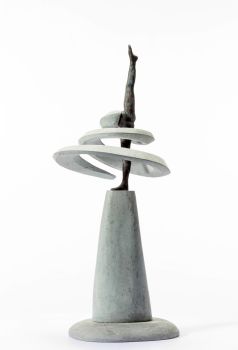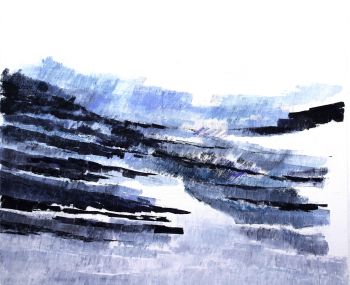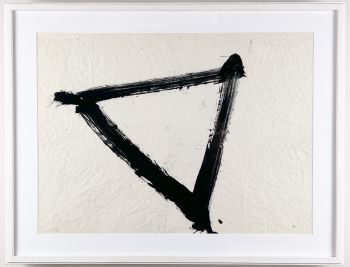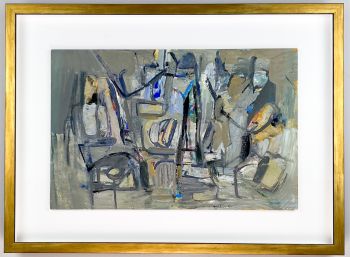Two stoneware tablelamps with bespoke lampshades – Arabia, Finland between 1964-1971 1964 - 1971
Artista Desconocido
PiedraTextilGres
64 cm, ø 30 cm
ConditionVery good
€ 1.350
Van Kerkhoff Art
- Sobre la obra de arteA pair of glazed white stoneware tablelamps with bespoke handmade lampshades. Made by Arabia, Finland between 1964 and 1971.
About Arabia
Arabia stands as one of Finland’s most cherished and renowned brands. For more than 140 years, Arabia has been an integral part of Finnish households, enriching both everyday moments and special occasions. With designs that reflect the essence of each era while retaining a timeless appeal, Arabia pieces are not only beautiful but also practical, crafted to endure the test of time.
Originally established as a subsidiary of the Swedish porcelain producer Rörstrang on November 25, 1873, the Arabia brand has seen its fair share of changes in ownership throughout its history.
Carl-Gustaf Herlitz, who had ties to Rörstrand, assumed the role of technical director in 1881. Arabia Aktiefabrik, formed as a limited company in 1885, saw Herlitz taking on the position of managing director in 1893. Notably, Thure Öberg, recruited from Röstrand during the 1890s, served as the company’s pioneering artist until his passing in 1935.
In 1916, Arabia shifted to Finnish ownership, with Carl-Gustaf Herlitz’s son, also named Carl-Gustaf Herlitz, leading as CEO until 1947. Under his guidance, Arabia flourished, becoming the largest porcelain manufacturer in the Nordic region.
From 1947 to 1990, Wärtsilä Oy owned Arabia before it was acquired by Hackman. Today, the Arabia brand finds its home within the Iittala Group, which parted ways with Hackman and was subsequently acquired by Fiskars in 2007.
Kurt Ekholm, appointed as the artistic director of Arabia’s art department in 1932, played a pivotal role in pioneering innovative tableware designs. During its peak, Arabia boasted a workforce of over 1,500 individuals and held the title of Europe’s largest porcelain factory. Additionally, Arabia manufactured toilet seats in Helsinki’s Arabianranta and Ekenäs between 1874 and 1992. However, production at the ceramics factory in Fishers came to a halt on March 18, 2016, with operations relocating overseas.
Marked
Stamped Arabia (stamp used between 1964-1971)
Execution
Arabia, Finland between 1964 and 1971
Condition
Good original condition. No chips or cracks. Wear consistent with age and use. New handmade bespoke lampshades
Literature
Marianne Aav (ed.) Arabia: Ceramic, Art, Industry
Dimensions
Each lamp
Height 64,5 cm
Diameter 30 cm - Sobre el artista
Puede suceder que un artista o creador sea desconocido.
Algunas obras no deben determinarse por quién está hecho o por (un grupo de) artesanos. Algunos ejemplos son estatuas de la Antigüedad, muebles, espejos o firmas que no son claras o legibles, pero también algunas obras no están firmadas en absoluto.
También puedes encontrar la siguiente descripción:
•"Atribuido a …." En su opinión, probablemente una obra del artista, al menos en parte.
•“Estudio de….” o “Taller de” En su opinión, una obra ejecutada en el estudio o taller del artista, posiblemente bajo su supervisión
•“Círculo de…” En su opinión, una obra del período del artista que muestra su influencia, estrechamente asociado con el artista pero no necesariamente su alumno.
•"Estilo de …." o “Seguidor de…”. En su opinión, una obra ejecutada al estilo del artista pero no necesariamente por un alumno; puede ser contemporáneo o casi contemporáneo
•"Manera de …." En su opinión una obra al estilo del artista pero de fecha posterior
•"Después …." En su opinión, una copia (de cualquier fecha) de una obra del artista
•“Firmado…”, “Fechado…” o “Inscrito” En su opinión, la obra ha sido firmada/fechada/inscrita por el artista. La adición de un signo de interrogación indica un elemento de duda.
•“Con firma…”, “Con fecha…”, “Con inscripción…” o “Lleva firma/fecha/inscripción” en su opinión la firma/fecha/inscripción ha sido añadida por alguien que no es el artista
¿Está interesado en comprar esta obra de arte?
Artwork details
Related artworks
- 1 - 4 / 12
- 1 - 4 / 24
Artista Desconocido
A rare Japanese export lacquer medical instrument box1650 - 1700
Precio a consultarZebregs & Röell - Fine Art - Antiques
Artista Desconocido
UN NETSUKE MARINE MARFIL DE UN HOLANDÉS CON UN VENTILADOR CHINO18th century
Precio a consultarZebregs & Röell - Fine Art - Antiques
Artista Desconocido
PAREJA DE ANTORCHAS O VELAS DE TECA DORADA Y LACADA INDONESIA18th century
Precio a consultarZebregs & Röell - Fine Art - Antiques
 curada por
curada porDanny Bree
1 - 4 / 24- 1 - 2 / 2
- 1 - 4 / 24
- 1 - 4 / 12

